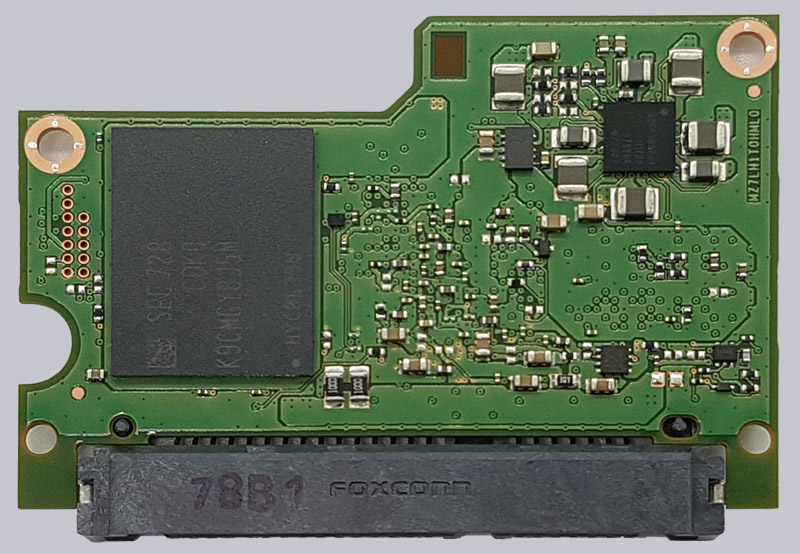

Our belief is that it's savvy enough to know it has an SSD in it, and it's not waiting for the SSD to spin up, and so takes some shortcuts."įar agreed that Mac OS X is about 1 percent faster than Vista. "With a MacBook, one thing you'll notice is that it boots up very quick. When Windows-based PCs boot, the BIOS does "quite a few things" while it's waiting for what would normally be a hard disk drive to spin up, Klein said.
DISKKEEPER VS SAMSUNG MAGICIAN WINDOWS
Klein, vice president of memory system development at Micron, Apple's platform seems to perform better with SSDs than Windows systems. And, so that activity is chewing up your bandwidth in the background, and it adds extra wear to the NAND. "There ends up being background operations to garbage-collect that empty space that isn't fully utilized. Anything that's not aligned to a 4K block creates extra challenges," Sykes said. "NAND fundamentally has native 4K block sizes. (Linux, which wasn't tested, also aligns data in 4K blocks.) XP does not align the data in the most efficient way for an SSD - in 4KB blocks - while Vista and Mac OS X do, according to Justin Sykes, director of marketing for SSD products at Micron. Micron found that Vista and Mac OS X performed better with its SSDs than XP, according to a post on Micron's blog site. Using an SSD with a SATA interface, Micron has performed tests on Vista its predecessor, Windows XP and Mac OS X, capturing data about the newer drives while booting up the operating systems, installing files, running Office productivity applications and shutting down the computer. Harari blamed some "very demanding applications" that, in turn, require more sophisticated SSD controller technology to manage how data is transferred to the drive.īut Harari's claim is one that other disk vendors, including rival Micron Technology Inc., have rebutted. CEO Eli Harari said during an earnings call that Microsoft Corp.'s Windows Vista worked so poorly with SSDs and, as a result, was actually slowing the adoption of NAND technology. The claims and counterclaims about SSD technology and operating systems highlight the intricacies of marrying operating systems designed for hard disk drives with the newer technology of SSDs. That brings users who may be wondering about the advantages of SSDs back to the Big Three operating systems: Windows Vista and XP and Mac OS X. Far said his company's SSDs would wear out in only about a year when running Windows 98. But there's a downside: Windows 98 does not support wear-leveling technology, which evenly distributes data writes to NAND flash memory to ensure no single area of an SSD wears out faster than another.

"If you really want to go inside, Windows 98 was the fastest of all," Far said. With Vista, you can't."Īccording to Far, Mac OS X runs "a little faster than Vista" with an SSD drive, but Linux is "always faster" than Vista or Mac OS X - to the tune of 1 percent to 2 percent - because like Windows 2000, "it never runs anything in the background." "When it comes to Vista, it is faster than XP, but with XP, you have the luxury of turning off background applications.

"We're getting ridiculous numbers with Windows 2000," he said.


 0 kommentar(er)
0 kommentar(er)
